The Victorian Society has released its annual list of endangered British buildings, intended to bring publicity to heritage sites that are in urgent need of conservation. This year’s list includes important but neglected examples of hospitals, stations, libraries, churches and industrial buildings from the 19th and early 20th centuries – but for the first time, not a single building in London or the South East of England is featured. ‘We simply got far more nominations from other regions,’ explains Victorian Society director Christopher Costelloe. ‘This perhaps reflects the vastly different financial climate for development in many areas outside the South East.’ Can these sites benefit from wider efforts to extend cultural funding and programming more fairly across the UK?
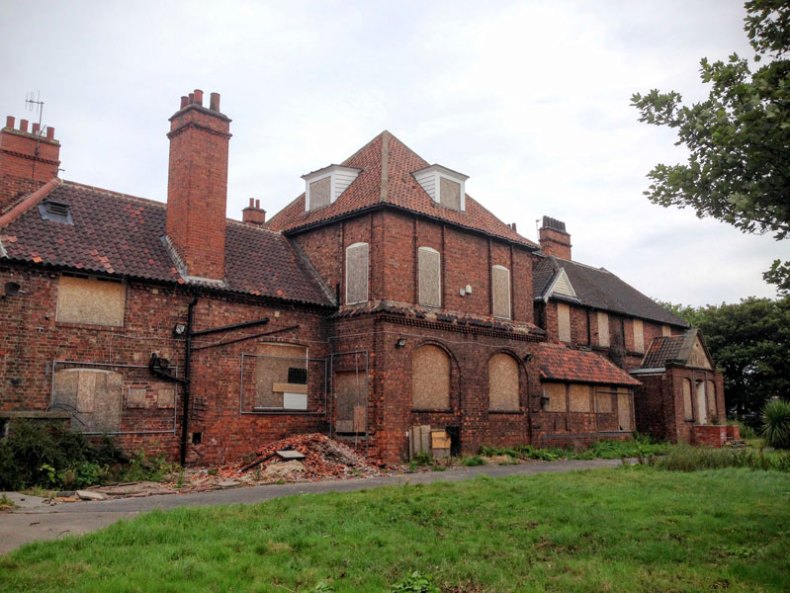
© The Victorian Society
Red Barns, Redcar, North Yorkshire (Grade II* 1868, Phillip Webb)
This redbrick building was designed by the arts and crafts architect behind William Morris’s iconic Red House, and once served as the home of the Victorian explorer Gertrude Bell. Today, water damage has ruined its interiors and abandoned construction work at the site has further threatened it.
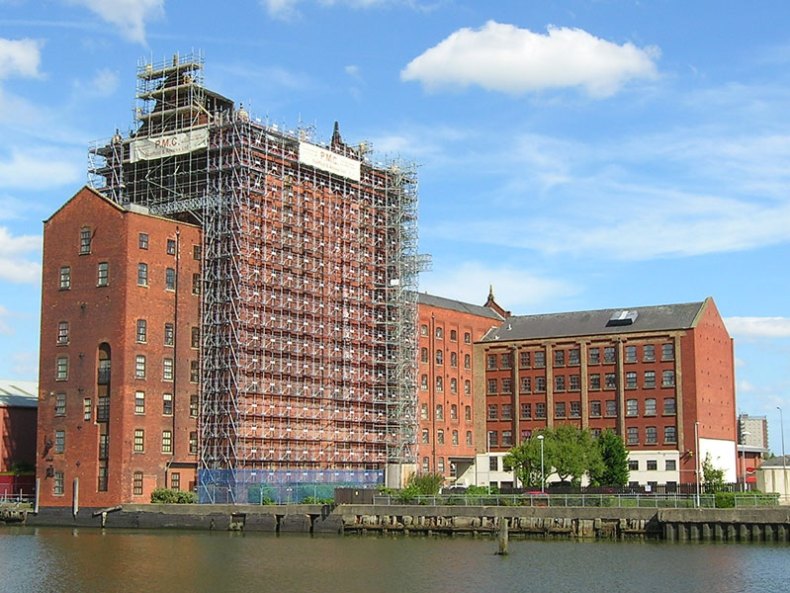
© The Victorian Society
Victoria Mill, Grimsby, Lincolnshire (Grade II, 1889 and 1906, Sir William Gelder of Hull)
This former flour mill was converted into housing in 1990s, but work did not extend to the conservation of its recognisable tower. Some residents were forced to vacate their homes while emergency repairs were carried out to prevent its collapse. It remains unclear whether the funding, and the will, can be found to secure it in the long term.
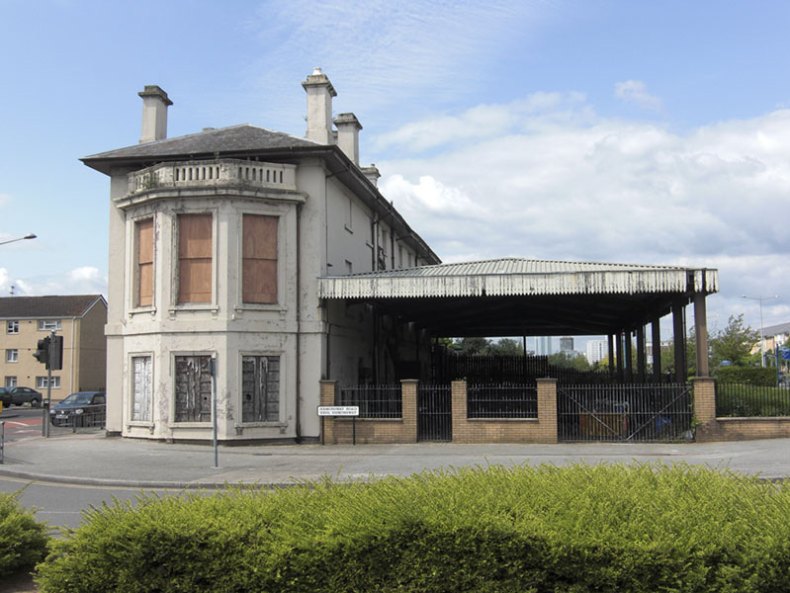
Photo © David Hilling
Old Bute Road Railway Station, Cardiff (Grade II*, 1840, Brunel?)
Isambard Kingdom Brunel may have been behind this building, which served as the station stop for the first steam-powerd passenger train service in Wales. A modern station still operates beside it, but the original station has been abandoned ever since a museum on the site closed.
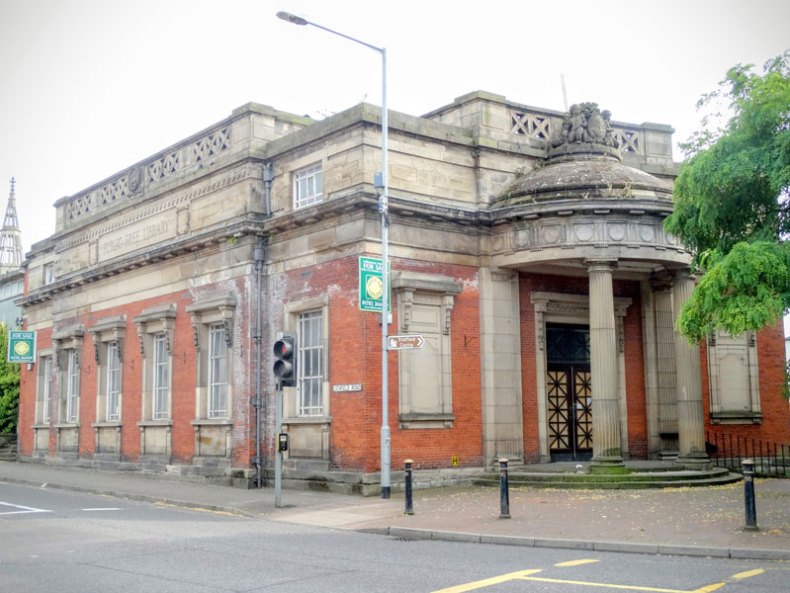
Photo © The Victorian Society
Old Library, Stafford, Staffordshire (Grade II, 1913, Wolstenholme and Thorneley)
A collection of ethnographic, zoological and geological artefacts amassed by the Victorian meteorologist Clement Lindley Wragge was onced housed in this classical building. It subsequently became the town’s library, but closed in 1998. It was sold by the local council in 2012, but despite a successful planning application to convert the building into a restaurant in 2013, it remains unused.
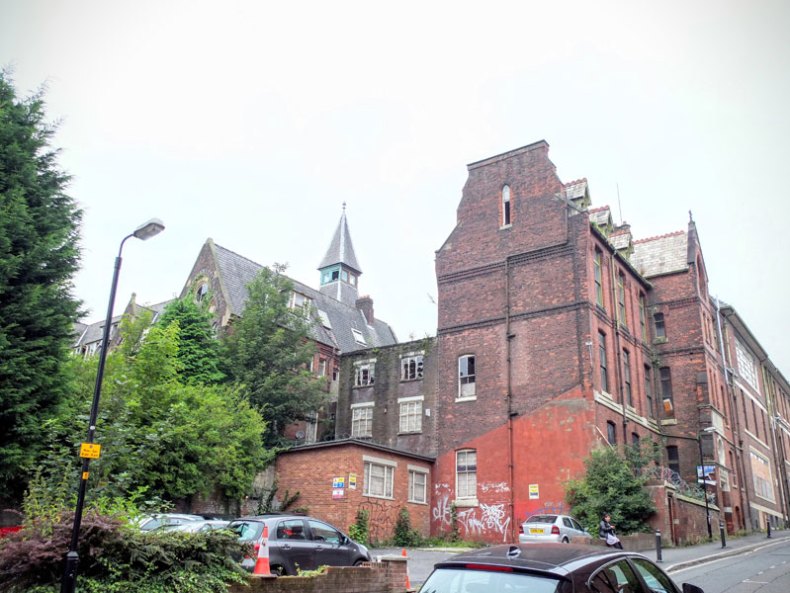
Photo © Dominic Roberts
Mount Street Hospital, Preston, Lancashire (Grade II, 1872, RW Hughes)
This Victorian Gothic building served as a girl’s orphanage until 1954, and subsequently became a convalescent home. It’s been abandoned for almost 10 years, but was secured thanks to an Urgent Works Notice in 2009. Plans are afoot to redevelop the building, but unless work begins soon, it may not be possible to save it.
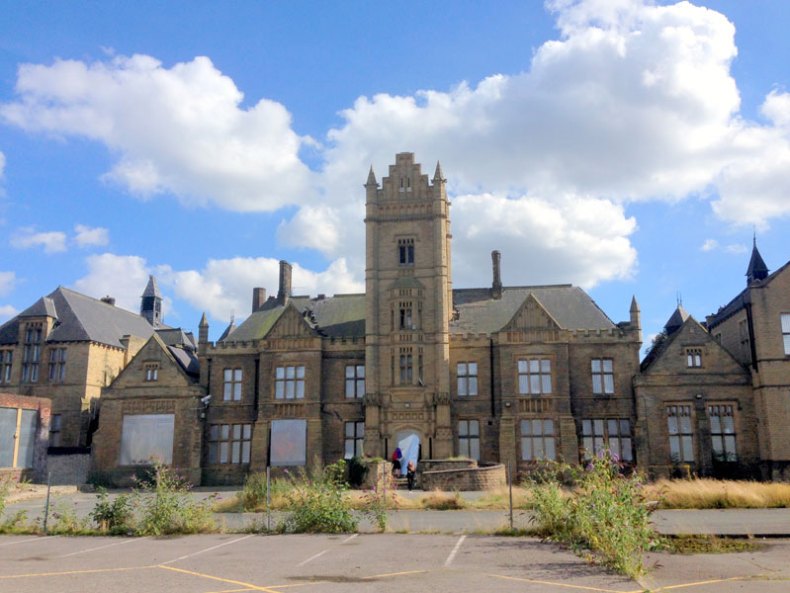
Photo © The Victorian Society
Clayton Hospital, Wakefield, West Yorkshire (Locally listed, 1879 extended circa 1900)
The current expansion plans of the Wakefield Grammar School Foundation, which owns campuses on either side of this Tudor Revival hospital building, requires its demolition. It is hoped that an alternative solution can be found, that would allow the redevelopment while preserving the building and its dramatic tower.
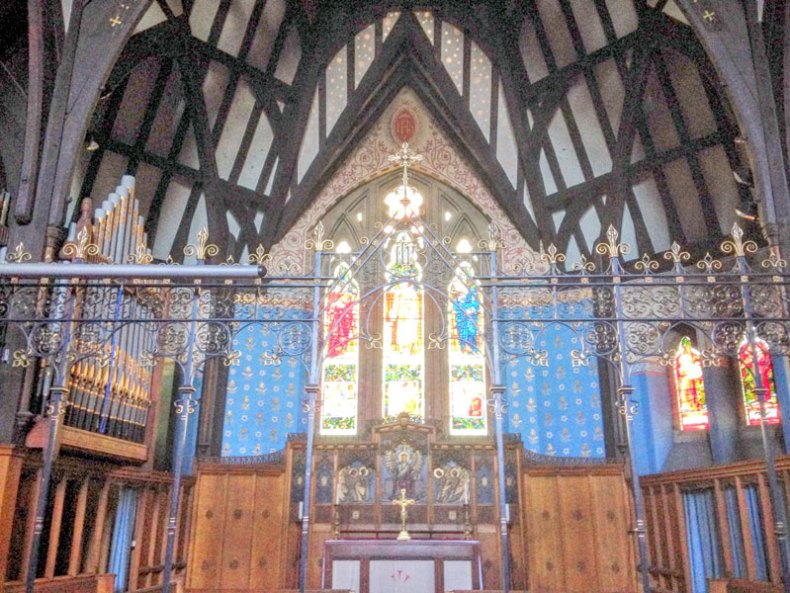
Photo © The Victorian Society
St Paul’s Church, Boughton, Chester, Cheshire (Grade II* 1876 extended 1902 John Douglas)
The local architect John Douglas dramatically remodelled an existing church on this site, adapting it from the original Italianate design to reflect his own taste for red-brick and half-timbered architecture. Its interior includes wall paintings and stained glass by important Victorian artists and designers including Morris, Burne-Jones, Kempe and Frampton. Its congregation was recently merged with another church, and so far, no clear plan has been articulated for its future.

Photo © Proj3ct M4yh3m
St Joseph’s Seminary, Upholland, Lancashire (Grade II 1880-83. J O’Byrne extended 1921-8 by Pugin and Pugin)
Around a century after it was built, St Joseph’s Seminary was converted into a boarding school, with comedians Tom O’Connor and Johnny Vegas reportedly among those who attended. The school closed in the 1990s, however, and have been unused ever since.
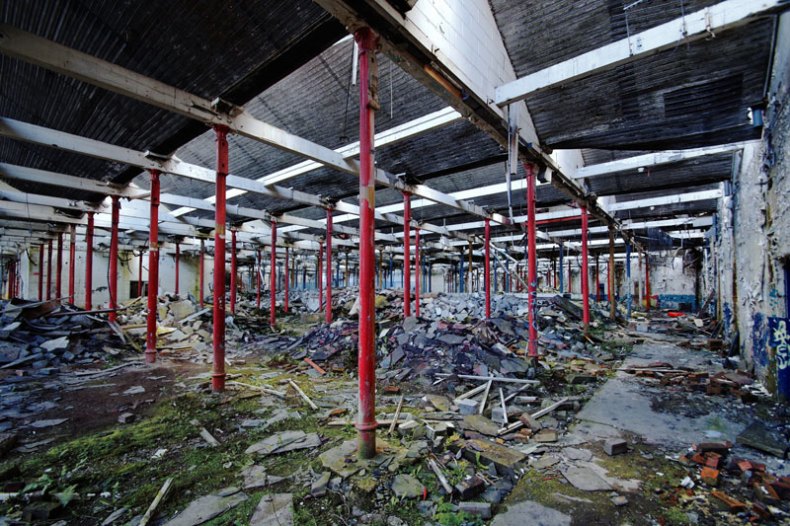
Photo © Fragglehunter
Rylands Mill, Wigan, Greater Manchester (Grade II, 1865, George Woodhouse)
In recent months there have been repeated fires at this abandoned property, necessitating the demolition of a 20th-century extension and threatening the future of the historic building itself. The former cotton mill dates from 1865 and is Grade II listed, but has been empty for some 15 years.
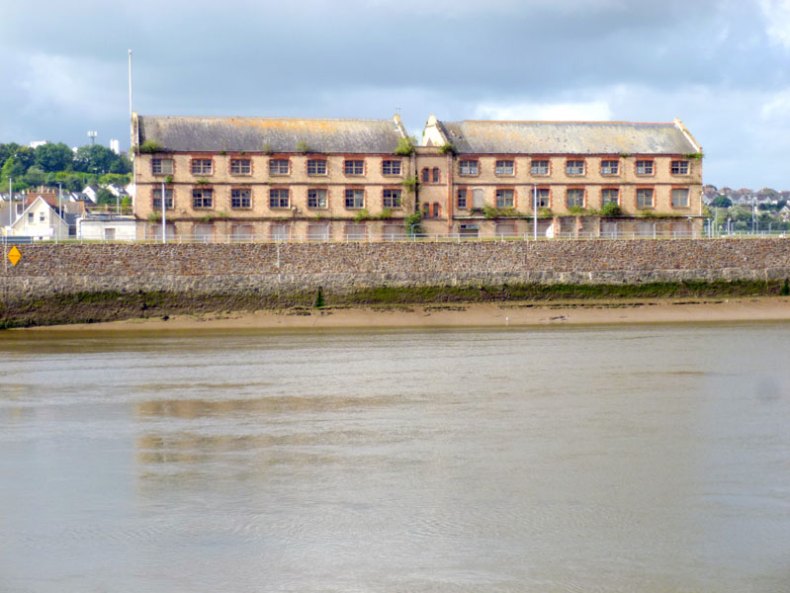
Photo courtesy The Victorian Society
Oliver Buildings, Barnstaple, Devon (Grade II, 1888, William Clement Oliver)
Shapland and Petter of Barnstaple were leading producers of high quality arts and crafts furniture, and operated out of these riverside factory buildings. The complex, which includes innovative fireproofing features (the building was built to replace a former factory destroyed by fire in 1888) has been closed since 2009. Efforts to preserve the building have been hindered by its owners, a property developer that has tried to overturn its Grade II listing.
Unlimited access from just $16 every 3 months
Subscribe to get unlimited and exclusive access to the top art stories, interviews and exhibition reviews.

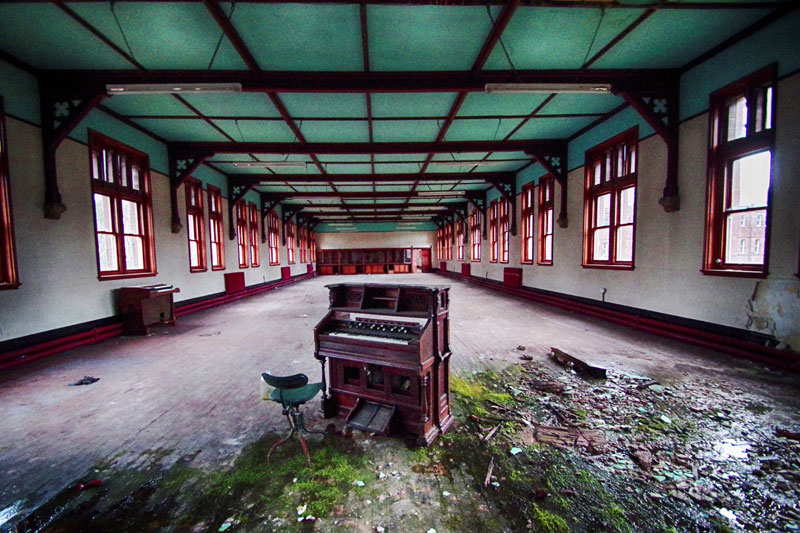
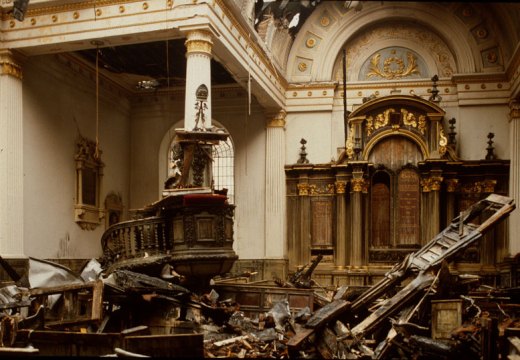
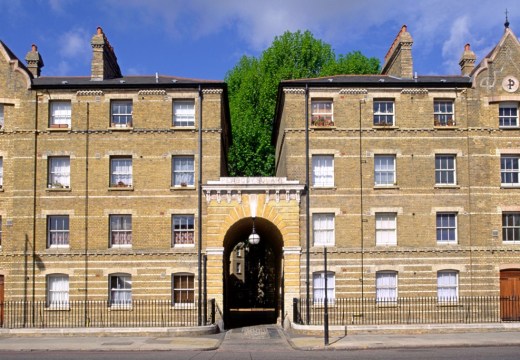
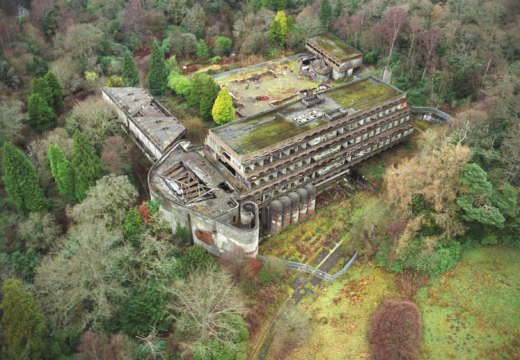









![Masterpiece [Re]discovery 2022. Photo: Ben Fisher Photography, courtesy of Masterpiece London](http://www.apollo-magazine.com/wp-content/uploads/2022/07/MPL2022_4263.jpg)
It’s time for the government of London to return to its rightful home